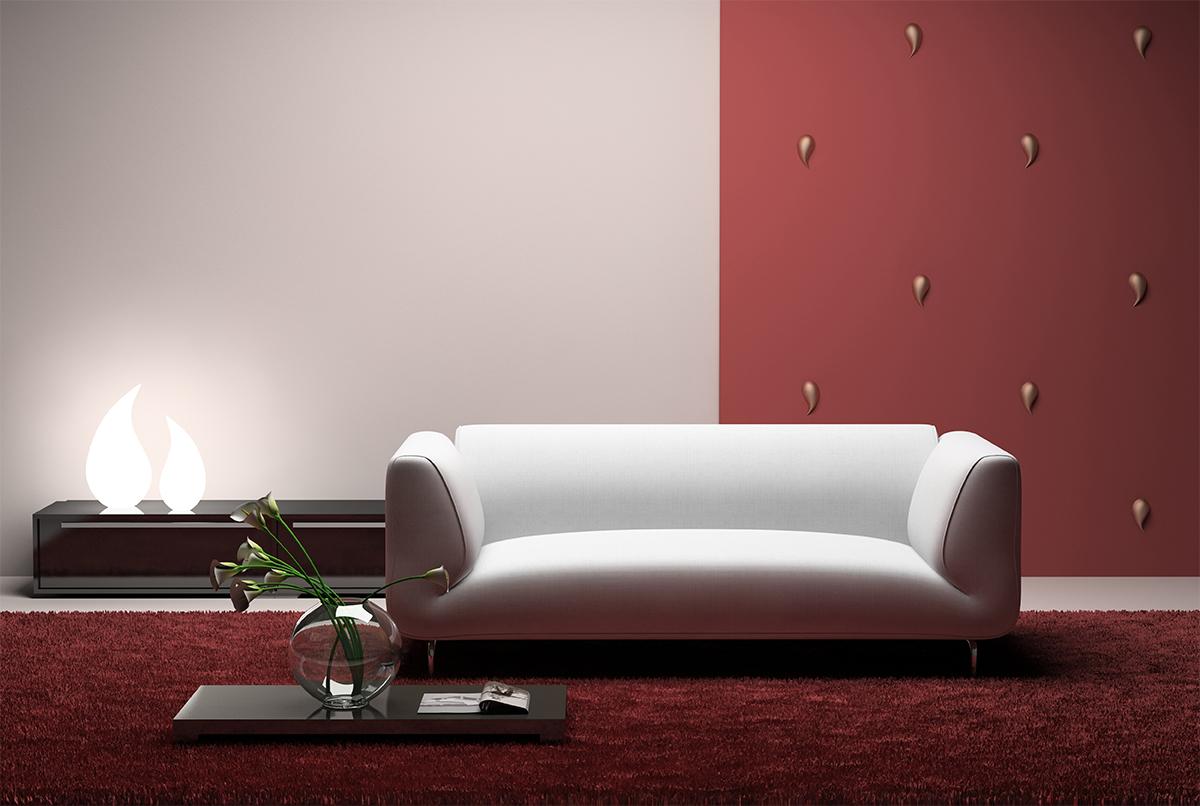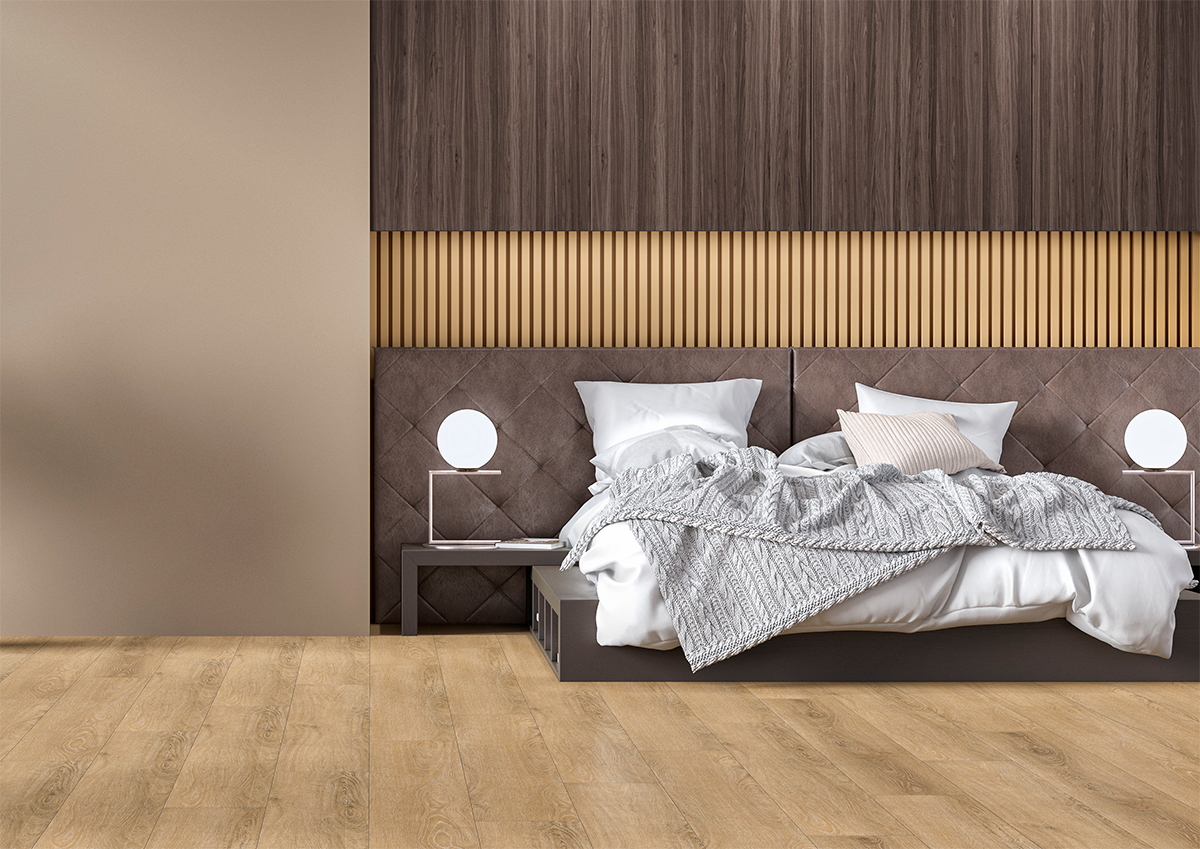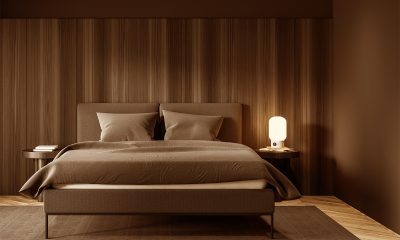General description
Table lamps are a versatile family of portable lights that can be used to layer ambient, task and accent lighting. Our relationship to the environment we live in and depend on is directly related to the quality of lighting. The composition of light in a space makes a profound impact on how we see and interpret the world around us and inspires a wide range of psychological and physiological responses. Incorporating layered lighting into a space is intended to create a fully usable, pleasant, and adaptive space. In addition to providing an adequate amount of illuminance to facilitate task performance, table lamps are used to positively contribute to the emotional and perceptual aspects of lighting. Their portability provides the flexibility to deploy the lighting layers. A small product can create a big influence. Whether to create a visual narrative for the space or to underline the desired character of a decor, strategic placement of ambient and accent table lamps can transform almost any environment.

What is ambient lighting
In a layered lighting scheme, ambient lighting is the base layer of lighting which fills a space with a soft level of overall light. It also naturally establishes the mood or create atmosphere. An ambient table lamp produces either diffuse lighting that typically spreads light in all directions or indirect lighting that directs light to the ceiling and upper walls. A general diffuse system wraps its light source with a diffuser which can fabricated by polycarbonate, acrylic, fabric or glass. The diffuser uniformly distributes luminous flux over the diffuser surface to reduce the luminance of the light source. Luminances at all viewing angles should be kept below 8,000 Cd/m2 to ensure that the table lamp radiates glare-free, visually comfortable light. General diffuse table lamps are used where illuminance requirements are moderate. Apart from interior applications, a weatherproof version of these portable lights is used outdoors as well to provide atmospheric and area lighting that transforms a patio, deck or pool area into an enjoyable nighttime retreat. Table lamps that provide indirect lighting are uplights that direct 90 to 100 percent of the light upwards. They are essentially a compact version of floor-standing torchère lamps. Indirect lighting produces thoroughly diffused, nearly shadow-free light.
What is accent lighting
The distribution of illuminance in an interior space involves critical design decisions on cultivating visual interests and establishing visual hierarchy in the space. The eye needs to be entertained with visual focus. Ambient lighting alone will not provide variety and visual interest. Accent lighting creates a dramatic emphasis on the most important design elements in a space, called points of interest, against the background of the general illuminance. It highlights shape, texture, finish and color of a point of interest to enhance the attractiveness and create a visual cue.
An accent light is a directional luminaire capable of providing a high intensity, controlled beam of light to create high contrast on points of interest, draw attention and create energy. In order to achieve its full effect, accent lighting should throw as least three times as much the amount of ambient illuminance at the object. An accent table lamp can be used for highlighting art pieces, floral arrangements, architectural features, or any other type of interesting ornamentation that is located above table heights. In many scenarios, light reflected by an object or surface being accentuated on its own can act as a subdued version of ambient light.
Lighting technology
There is a growing popularity of using table lamps to deliver ambient and accent lighting. LED technology should be credited for the proliferation of these products which allow lighting designers to push the boundaries. The small size, high light output, optical directionality and solid state nature of LEDs enable unprecedented freedom in new lighting form factors and the ability to provide tight optical control. Because table lamps can be a strong contributor to visual appeal as an ornament in residential and hospitality environments, they should be designed with decorative suitability to complement or enhance the desired decor. Traditional light sources such as incandescent and compact fluorescent lamps put constraints on design innovation and optical control due to their enormous size and omni-directional light. That’s only part of the story, of course. What is more thrilling is that LED technology brings lighting to new levels of controllability.
LEDs can be fully dimmable and can be frequently cycled on and off. Their instantaneous response to control signals makes it feasible to integrate lighting with microcontroller-based or programmable architectures, which enables an array of advanced features such as native dimming control, adaptive lighting and even remote connectivity via IP-capable control devices such as smartphones, tablets or PCs. LED packages can not only be spectrally engineered to create visible light of any spectrum, individual, accurate dimming control multiple component LEDs can dynamically produce any predictable color within the defined color gamut. With an actively controllable spectral power distribution (SPD), lighting can be adapted to the changing visual needs and stimulate non-visual effects on human psychology and physiology to support well-being, performance and health of humans.

Design concept
Tabletop LED ambient and accent lights are generally integrated assemblies which use LEDs as the light-producing components. There’re, however, some legacy-style ambient lighting products that use retrofit LED lamps. The conventional lamp-plus-fixture configuration is simple to use and table lamps intended for ambient lighting typically require a large diffusion surface to spread light, which justify the use of light bulbs in general diffuse systems. The use of retrofit LED lamps in uplights and accent lights is infrequent because the bulky volume of light bulbs makes it challenging to exercise efficient and effective optical control. Good accent lighting does not draw attention to itself but reinforces design aesthetics of other elements and fixtures in the space.
Accent table lamps should preferably be small in volume and minimal in appearance, which is apparently impossible with the lamp-plus-fixture configuration. On top of that, LEDs are thermally sensitive and current driven devices. These operating characteristics necessitate an adequate thermal design to keep the critical junction temperature within the limit above which there is irreversible damage, and simultaneously the use of full-fledged driver and control circuitry is necessary to ensure failure-free LED operation and unlock the full potential of lighting controls. With the lamp-plus-fixture configuration, it’s impracticable to build all the required functions and features into the space-limited light bulbs.
Integrated LED systems
An integrated LED ambient or accent light incorporates a light-producing module which is typically an array of SMD LEDs populated on a metal core printed circuit board (MCPCB). The LED module is designed and shaped to suit the light distribution requirement. A heat sink is integrally assembled with the LED module to create a thermal path that allows the heat from the LED junction to be efficiently transferred to the ambient. The SPD of the LEDs, which determines how the light appears and also how object colors are rendered, is tuned to the precise requirements of a given space and the visual preferences of its inhabitants. To make interior decor appear truly natural and vibrant, the color rendering index (CRI) and the R9 value (which shows the response to the saturated red color) should be at least 90 and 50, respectively. Use LEDs with warm white color that exhibits a correlated color temperature (CCT) between 2500K and 3000K to provide illumination that is flattering to skin tones, impart a feeling of comfort, coziness and relaxation, and has a less disruptive impact on human circadian rhythms. Advanced lighting systems are equipped with multiple channels of LEDs with different colors or CCTs. The LED channels are individually driven and controlled to provide additive color mixing for atmospheric or human-centric lighting (HCL) lighting.
LED driver
Table lamps may be line powered or battery operated. A constant current LED driver is required to regulate power delivered to the LED load. The sinusoidal waveform and supply-voltage fluctuation of line-voltage AC power impose special considerations in the design of LED drivers. The pulsating current (a pulsating voltage) generated as a result of full-wave rectification by the rectifier must be smoothed by a ripple filter circuit so that the LEDs will not flicker at a repetition rate of twice the AC sinusoidal frequency. To ensure consistent light output and achieve the expected LED lifetime, the LEDs must be protected from line-voltage fluctuations and the driver circuit must respond to the precise power requirements of the LEDs. LED dimming is accomplished through constant current reduction (CCR) or pulse-width modulation (PWM). Local on/off/dimming control may be executed using an ergonomically designed rotary, rocker, pull chain or touch sensor switch. The LED driver may be configured to be controllable vis a wireless communication protocol such as Wi-Fi or ZigBee.










Loading...